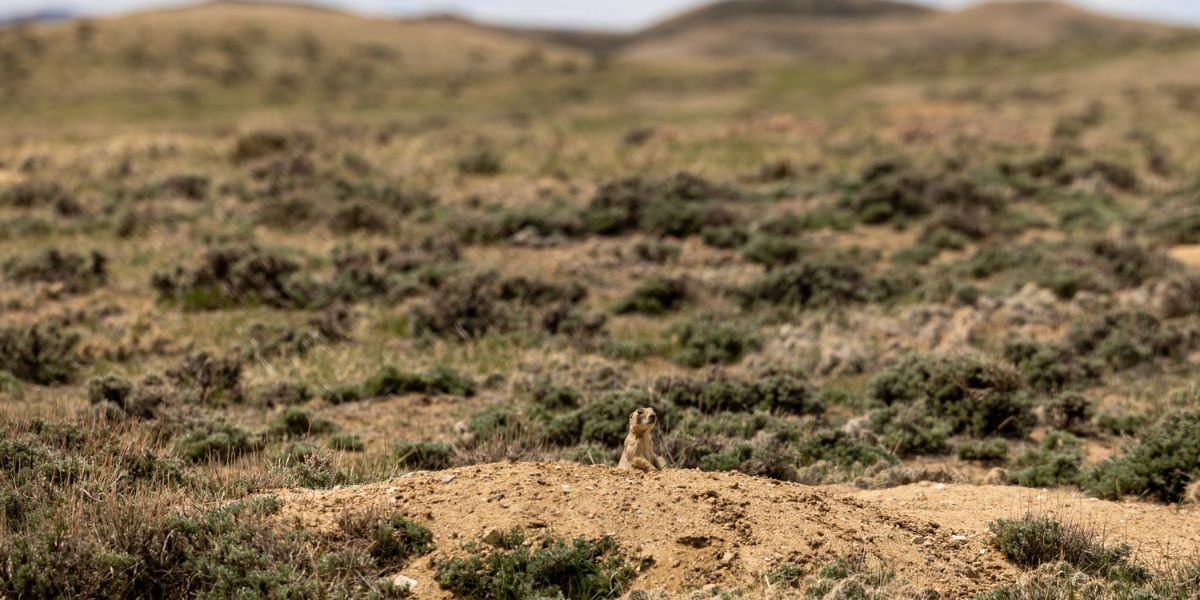Have you ever considered a prairie dog shoot with friends or family? If you enjoy long-range shooting, challenging small targets, and spending quality time outdoors, then a prairie dog hunt is the perfect way to enjoy Wyoming’s wide-open spaces.
SNS Outfitter & Guides is excited to announce the return of our guided prairie dog shoots after several years of population recovery. Spots are limited, so now is the time to book your summer shoot!
2476 Hits

